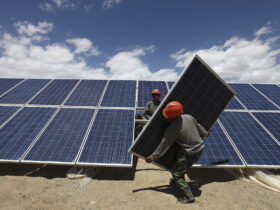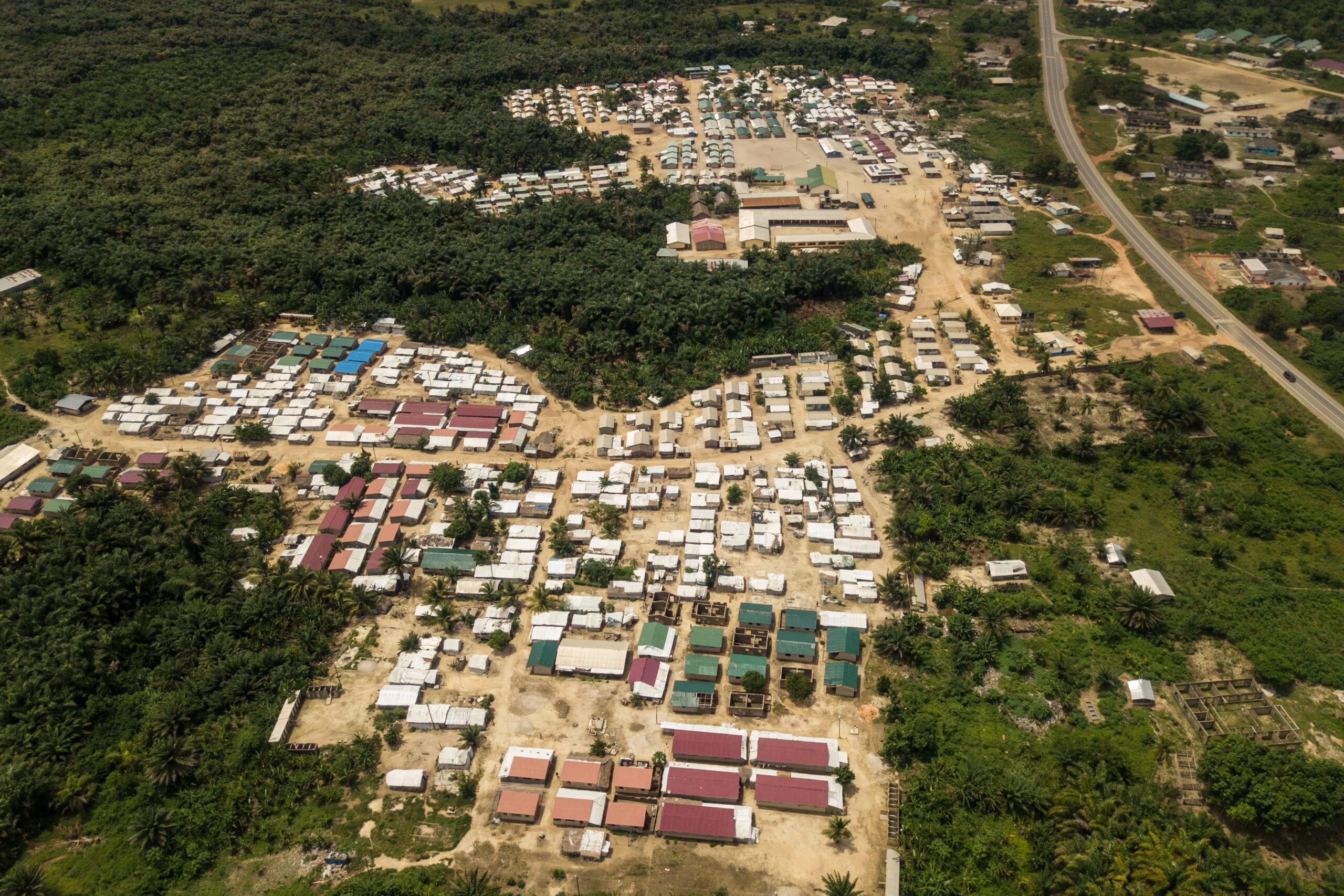
It’s practicable. Experts say generating electricity using solar panels from the moonlight is very possible as moonlight is just reflected sunlight, though too weak to generate much electricity. According to Cleanfuture. co. in, “Solar PV panels do convert moonlight to electricity”. It can be used to power PV cells for 345:1, meaning, a panel that would normally produce 3450 W at high noon would produce only 10 W of power during the full moon.
“The quarter moon (50% illumination) would likewise produce only 5 W, and so forth. Concentrating moonlight using reflective or refractive techniques would enhance the wattage,” it said.
It adds that as far as the light has a wavelength within 400-1127 nm (violet to near-infrared), the PV cell will convert it to electricity. It doesn’t matter if it is sunlight, moonlight, or a flashlight. Moreover, on a cloudless full moon night, one might get about 1/350,000th as much as at full noon sun. So a 7,000-watt solar roof might output only 20 milliwatts of power at a full moon.
Though present solar PV technology may not permit generating much electricity from moonlight, “if in future, we can replace silicon with a material whose band-gap is equal to energy provided by moonlight, then the solar panel can be used at night for electricity generation. This will also solve the problem of battery requirement for storage,” said Prasanna, editor for clean future.co.in.
Meanwhile, scientists have redesigned some solar PV panels that have a ten-fold increased sensitivity to solar energy, thus, allowing them to operate during the night. It is expected that this technology will at least contribute, in its way, to reduce globally increasing levels of climate change challenges.














Leave a Reply